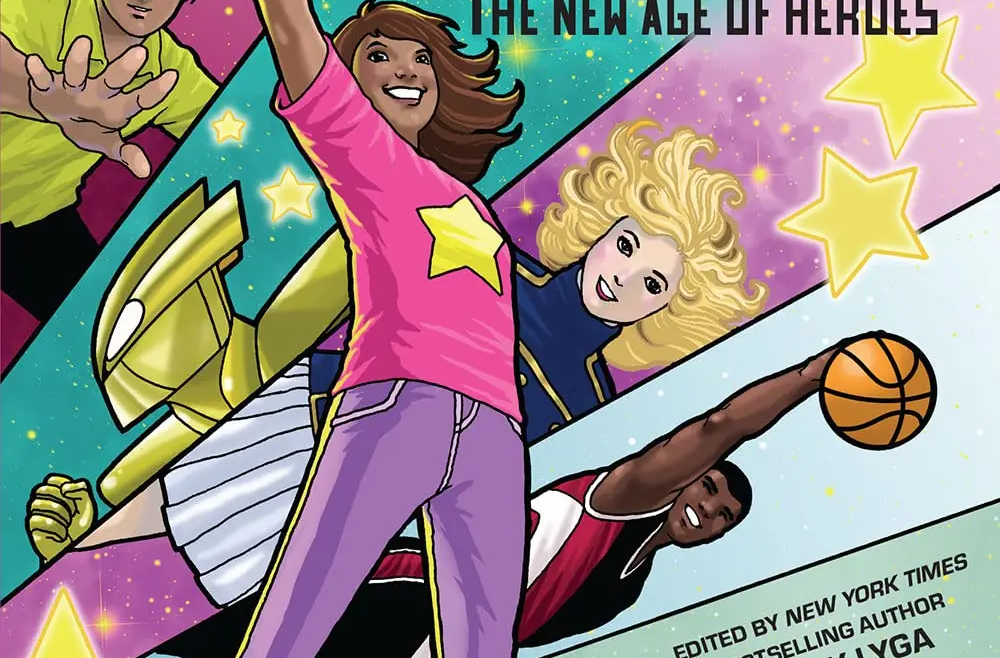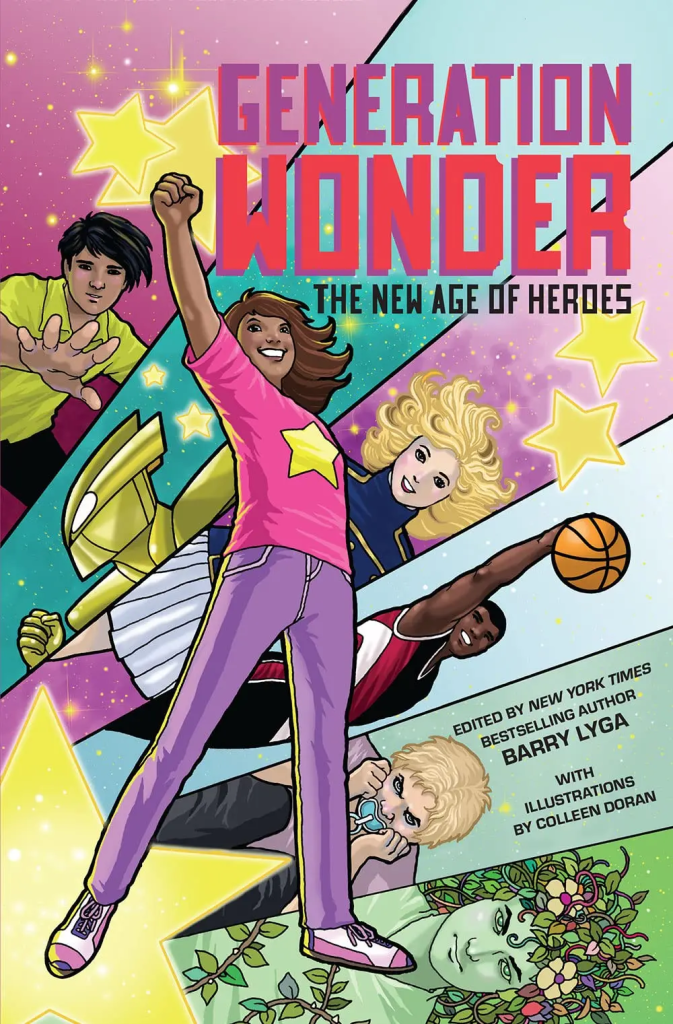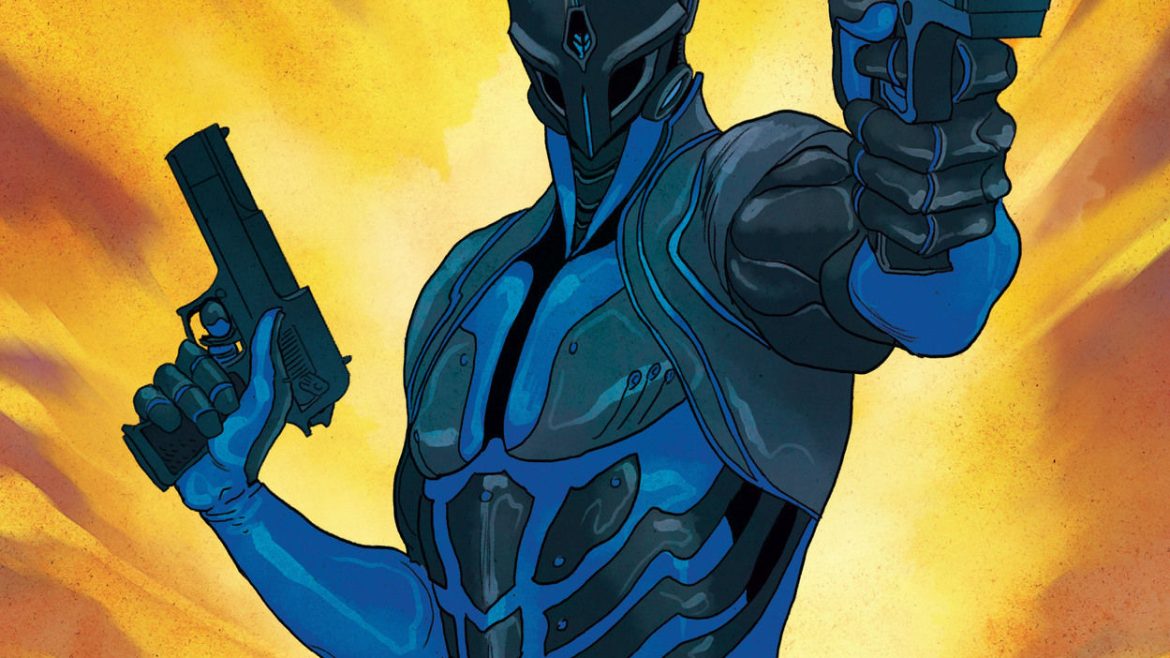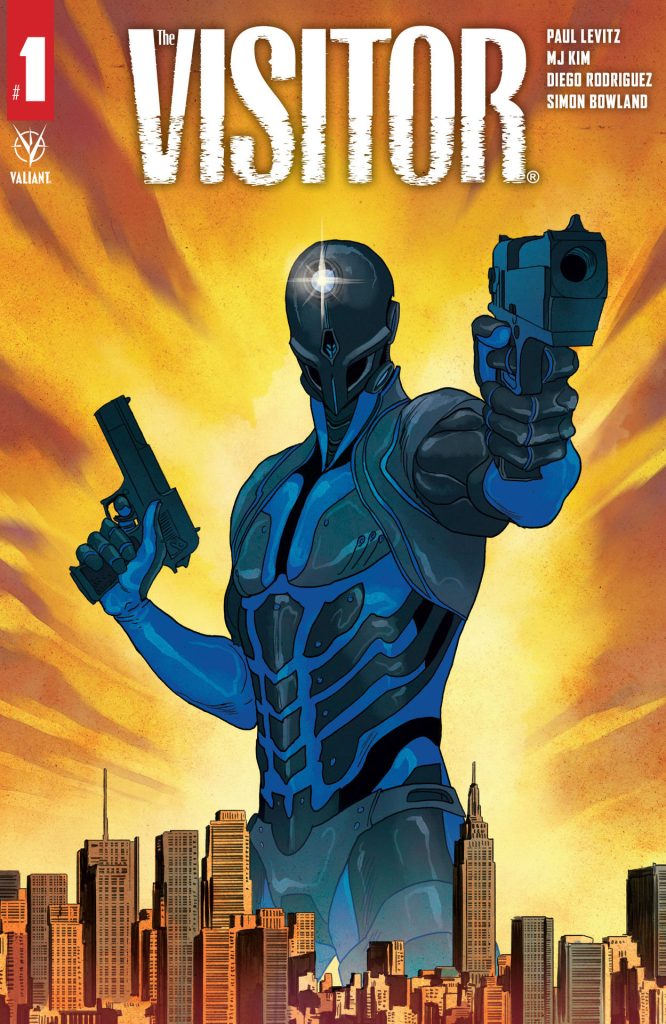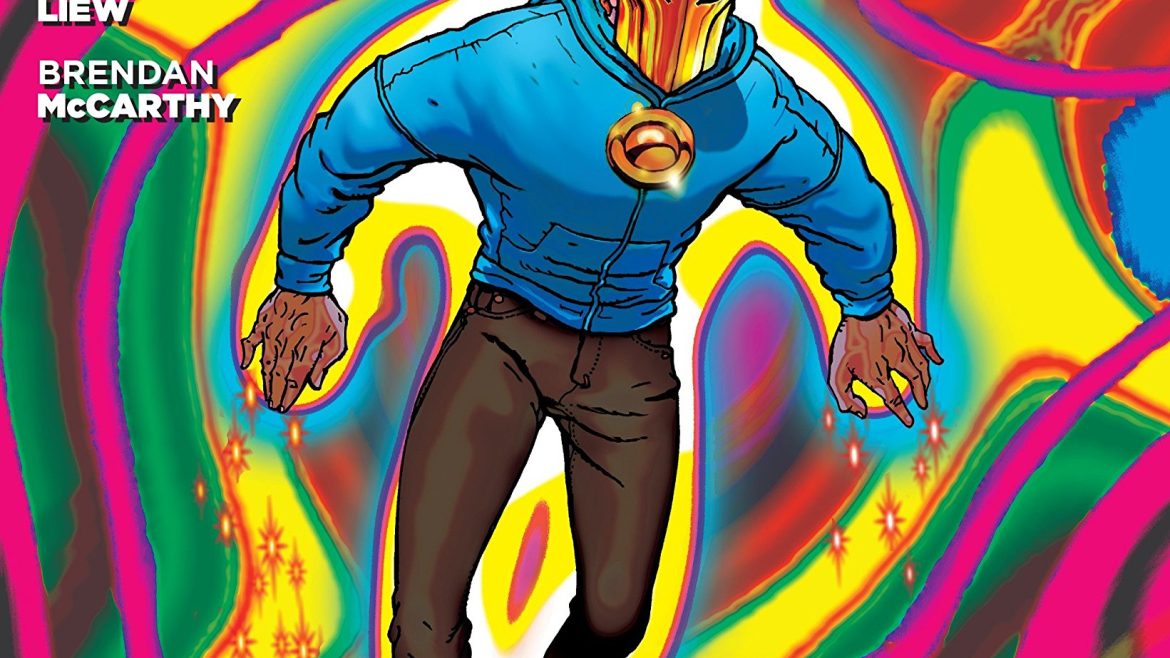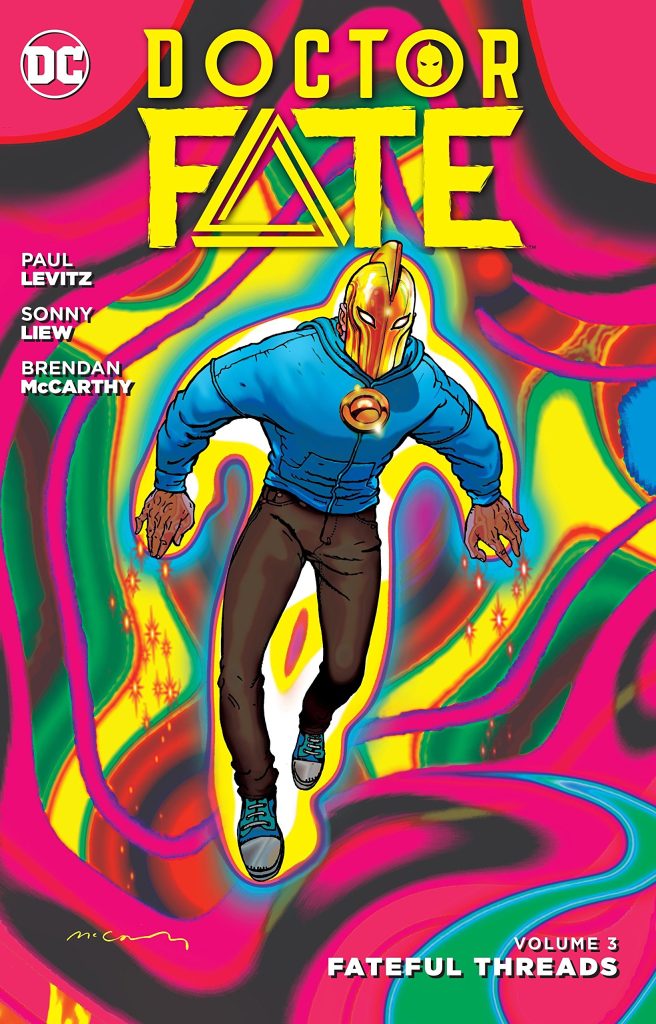For the ancient history buffs, the Phantom Stranger launched as a title of his own in 1952, at a time when it was pretty rare for DC to debut a character in their own pages. The original thought was to do a riff on Mark Twain’s the Mysterious Stranger, and if you look closely at that first issue you can see the lettering was originally done for the longer word and then corrected. It was part of a mystery moment for DC: Sensation Comics had become Sensation Mystery, Star Spangled Comics demoted Robin from the cover feature in favor of Doctor 13, The Ghost Breaker, and House of Mystery (named after a popular radio program) had debuted.
I’ve seen those first stories (there were three in the issue, plus a very short anthology type tale) credited to Manley Wade Wellman, a prolific pulp writer who did a bit of comics work, and John Broome, one of editor Julie Schwartz’s favorites. In any case, the art was provided by Carmine Infantino, maturing into his modern style as one of the industry’s leading talents, with inks by Sy Barry. It set up the premise of a Stranger who would enter people’s stories, have an effect on the resolution, and then vanish. And his comic followed that pattern, vanishing after 6 issues, barely enough time for sales reports on the first couple of issues. While it had its charms, it was pretty tepid stuff compared to the E.C. horror titles of the period, and newsstands were very crowded.
The Stranger came back in 1968 in an issue of Showcase cobbled together with a new framework by Mike Friedrich and Bill Draut surrounding reprints of the Stranger and Dr. 13. Without waiting for sales, he was launched into his own series three months later, keeping the same format. The early issues bounced between the reprint format and some original tales, with editor Joe Orlando using some young writers like Friedrich, Gerry Conway and Len Wein, and stalwart Bob Kanigher, then making the transition from editor to staff writer after health challenges. The art side varied even more, with longtime DC contributor Mike Sekowsky taking a turn, and the about to be star Neal Adams dropping in. But by issue #14 magic happened.
Len Wein got the scripting assignment (his first ongoing series) at around the moment his first legendary Swamp Thing story appeared, and was teamed with Jim Aparo, just hitting his stride a few issues into settling into it as a regular gig. The team collaborated for a baker’s dozen of tales (a two year run in those days of mostly bi-monthly comics), and made the title one of the most interesting DC was publishing at the time. I loved it.
Unfortunately, I didn’t love the work of the next writer on the series, as longtime professional Arnold Drake stepped in, with the art now assigned to Gerry Talaoc, of the Redondo Studio in the Philippines (with interesting interruptions by Bill Draut and Mike Grell). Arnold had written some wonderful comics in his life (most notably the Doom Patrol, on which he was the primary creator, but also on a wide range of stories from humor comics to horror, and the proto-graphic novel, It Rhymes With Dust. Joe gave a couple of issues to new writer David Michelinie, but he wasn’t able to continue on the series (ppssibly because of picking up assignments on Swamp Thing and the Unknown Soldier, but I can’t recreate the timeline that neatly in my head). Arnold was continuing, and I was agitating (as Joe’s assistant editor my agitating was from a front row seat).
Then I did something I now consider wrong. I agitated enough to take over the assignment myself. I still think my criticisms of Arnold’s work on the series were fair ones, but taking advantage of my proximity to replace him wasn’t fair. I wasn’t the only assistant editor of the period at DC (or Marvel) who acted that way, with varying degrees of justification or self-aggrandizement. Arnold was justifiably unhappy about it, and we had a long period of a difficult relationship as a result, though I’m enormously glad he ultimately forgave my youthful folly (I was 17) and we became friends before he passed.
Still, Phantom Stranger became my first regular assignment. I got to do five issues, one as a rewrite of Arnold’s last script, then four of my own before the series was cancelled. I think I went in the right direction (bringing back Len’s wonderful character Cassandra Craft, and pulling Deadman into the series when he was without a home), but I’ll leave it to others to decide if I actually did any better than Arnold did.
I would get to return to the Stranger a few times over the years: filling in on his series when it was a back-up in Saga of the Swamp Thing in the early ‘80s, using him in a Superman team-up in DC Comics Presents, and getting to be one of the several writers speculating on his origin in a lovely issue of Secret Origins. My version was magnificently brough to life by Jose Luis Garcia Lopez, but it was hard to compete with a contribution from Alan Moore and Joe Orlando. And now, almost five decades after I first touched the cloaked conjuror, I got to do a short story of him for DC’s Halloween anthology for this year. It’s particularly neat because it’ll come out almost simultaneously with a Phantom Stranger Omnibus that will include all the stories I’ve discussed, allowing you to make your own judgements.
One last note on inspiration. I particularly turned to John Brunner’s Traveler In Black for my vision of the Stranger. Brunner’s character was a being of a singular nature, who walked a primordial and magical world, slowly helping it turn from chaos and magic to order by granting wishes of its inhabitants, though rarely in the way they expected. It’s a lovely little book, and well worth hunting down.

